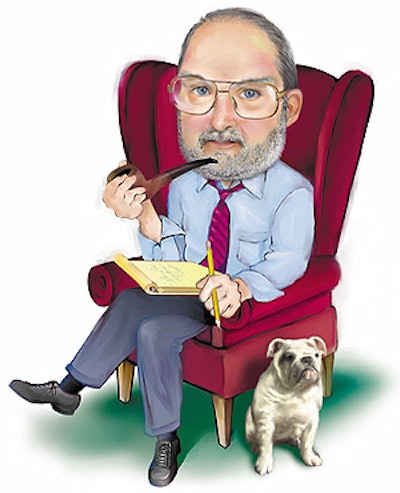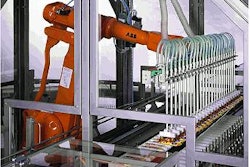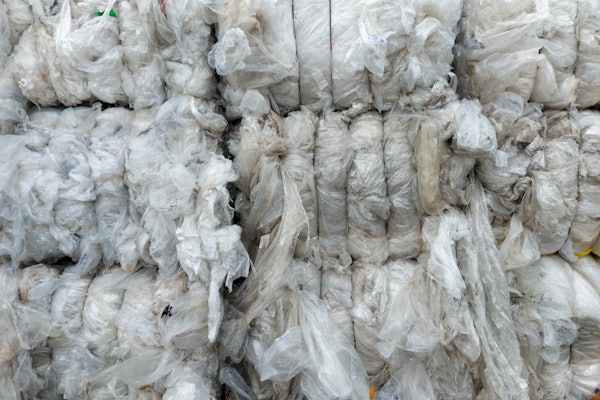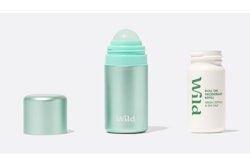
His column, in the February 28 issue, detailed how he selected from among three bottles of wine to buy. He chose 2 Brothers Big Tattoo Red because the label told the story of how two brothers, Alex and Erik Bartholomaus, created the wine as a tribute to their late mother, Liliana. Not only that, but the winery promised to donate part of the sales to cancer research in Liliana’s name. The other two bottles of wine simply couldn’t match the panache conveyed by the story on the label. And he went on to identify other packaging that used the background story as a marketing tool.
Like Pink, I’ve certainly been swayed by the same technique, whether the story is on the package or elsewhere. One of my favorites is the story behind Chili Chaser salsa that I reported on nearly two years ago (see packworld.com/go/c133). Larry Blanton, the company founder, was an engineer by day and a salsa cook by night—until his product won a prestigious salsa competition in Texas. His prize for winning was a commercial packaging run of his product. With some very professional packaging design help, his product now is available in specialty food stores in the West and Southwest.
Even more interesting, he takes samples when he travels for business. Then, in his off hours, he visits local specialty stores to try to persuade them to sell his product. I haven’t spoken with Larry since I put in my last phone order several months ago.
Although Pink sees storytelling as a packaging trend—and it may be for specialty products like Chili Chaser—I think it may have limited appeal. Pink’s food examples came from a Whole Foods’ specialty market and included Dave’s Fancy Chinook King Salmon and Lundberg rice cakes, certainly not mainstream grocery products.
I’m not sure just how many consumers will take the time and trouble to read the story on a label or carton. Packaging journalists and writers who chronicle consumer trends will take the time. They’re probably the slowest shoppers on the planet, as we carefully examine packages and labels and sizes, constantly looking for new ideas to report about.
But the average shopper? I doubt that most people want to spend any more time than necessary in picking up their groceries or other purchases. Isn’t it enough that they need to track and evaluate things like sales prices, package sizes, and nutrition and ingredient statements?
On the other hand, it could be that Pink is describing only a more discriminating consumer, one for whom price-per-ounce is relatively unimportant when compared to the creation of a good feeling in selecting the product. Remember the story behind the bottle of wine he bought and now recommends to friends.
When my children were young, I think much of their casual reading centered around what was printed on the cereal box at the breakfast table.
And, truth be told, some of us have participated in the “romance” of storytelling for our own home made concoctions. Some of us make holiday treats for family and friends, and I know that mine is accompanied by a story behind the origin of the product.
However, Pink writes: “These tales aren’t fiction concocted by marketing departments in the manner of Betty Crocker. They’re true-life sagas that aim to infuse products with authenticity and uniqueness.” So I must confess that perhaps the legend behind my home made beverage does involve a slight bit of truth-stretching. But because my treats are gifts, maybe Pink would cut me some slack.
My wife is a forensics coach and judge at the high school where she teaches. She says one of the most interesting types of presentations that she coaches and judges is when a student prepares and presents a story to match a theme. And she’d be the first to point out that the research behind these presentations—much like the reading of the story behind products on packages—not only encourages more reading, but it should generate more enjoyment of reading. That certainly gives me a good feeling.
See an archive of Arnie Orloski's Pipeline columns at www.packworld.com/pipeline.
Arnie can be reached at [email protected]

























